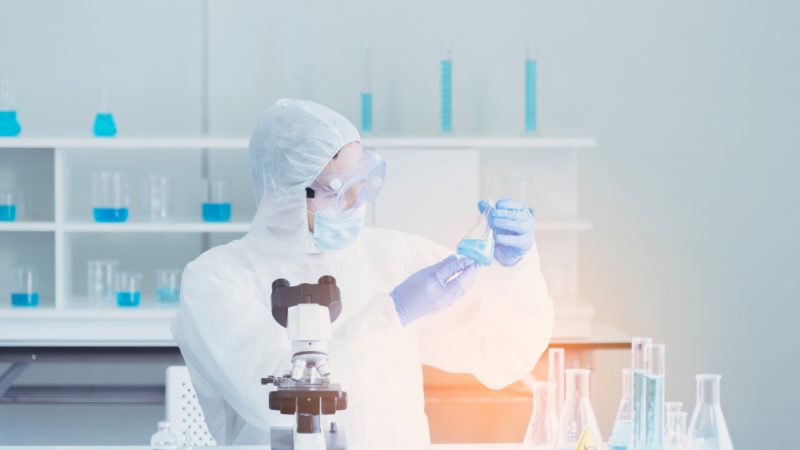Co-author: Martin Walpot
In the development of drugs and pharmaceutical compounds, expensive tests are necessary, to know, which metabolic by-products and side-effects could emerge and to ensure that drugs are working effectively and in a safe manner. Human-like CYP450 enzymes, which mimic the same activities happening in the human body, are new, excellent biocatalytic tools to screen side effects outside the human body. They also enable the timely production of reasonable amounts of active pharmaceutical ingredients. Used as biocatalysts in industrial applications, new CYP450 enzymes, developed in the EU-project ROBOX, have the potential to speed up drug development, enhance pharmaceutical safety and to innovate chemical markets such as flavour-, fragrance or food industries.
From nature to industry
Microbial cytochrome P450 enzymes are fundamental to our existence and are found in all areas of life. For a few years, they have been used in the field of industrial biotechnology: As biocatalysts, they serve as “jump starters” for bioprocesses. “In humans, for example, CYP450s play an important role in chemical detoxification, especially for drug metabolism. This means, they have a significant impact on the pharmaceutical effectiveness of drugs and are able to speed up drug development and enhance pharmaceutical safety.
Ensure safety and efficiency of new drugs
Within the EU-project ROBOX, scientists at the University of Manchester cloned, screened and published over 2500 new CYP450 enzymes that showed high selectivities, activities and productivities for drug metabolite production, especially 5-hydroxydiclofenac: 150mg of this product, which is applied to reduce inflammation and pain, were isolated over a short time.
“The large-scale synthesis of these metabolites is a crucial task during the process of drug development, since pharmacokinetics, metabolite toxicity and their interactions with other drugs must be evaluated thoroughly. The safety and efficacy of new drugs could otherwise not be ensured, says Professor Nick Turner.”
Robust biocatalysts for different markets and applications
Nowadays, successful applications of CYP450s only exist on a small scale, due to the inherent limitations of these enzymes. Thus, many research groups including CoEBio3 and the University of Manchester, have focused on engineering and improving these enzymes into robust biocatalysts. In other words: Scientists aim at the improvement of the catalytic efficiency, substrate scope, stability and solvent tolerance of these enzymes.
This is of high importance to be able to fulfill future market demands and enabling the industry to successfully increase their range of products and extend activities to other uses. Already, the University of Manchester together with ROBOX partners at InnoSyn (Netherlands) and the Technical University of Graz (Austria) (with their spin-out company Bisy), are commercialising a range of oxidative enzyme technology.
With promising results: Besides drug metabolism, other potential uses for heterologously expressed CYP450s could be interesting for the pharmaceutical market. Given the vast range of reactions catalysed and substrate specificities – these enzymes could very soon be also used in other consumer chemicals sectors such as flavour and fragrances or food industries.
“The research for this work has received funding from the European Union (EU) project ROBOX (grant agreement n° 635734) under EU’s Horizon 2020 Programme Research and Innovation actions H2020-LEIT BIO-2014-1” Any statements herein reflect only the author’s views. The European Union is not liable for any use that may be made of the information contained herein.”
Picture credits: Pixabay